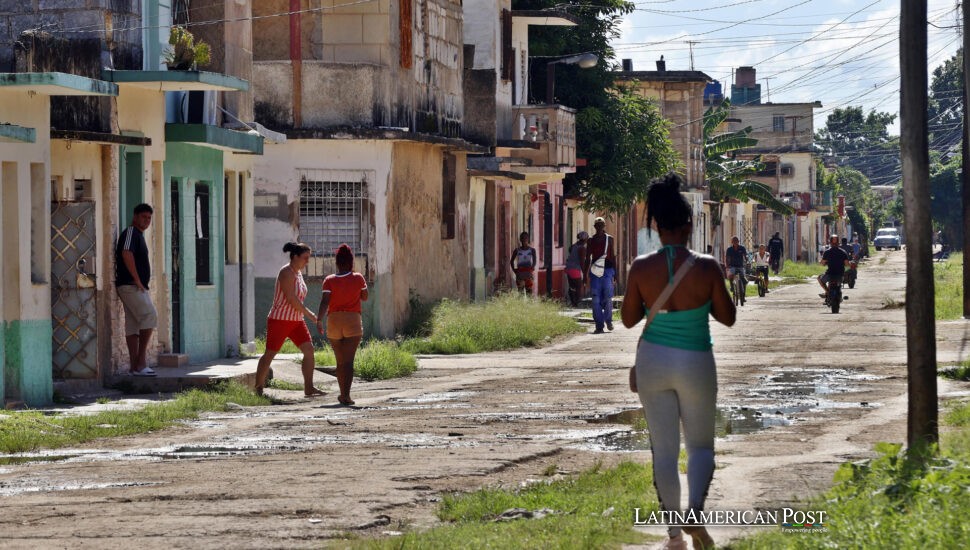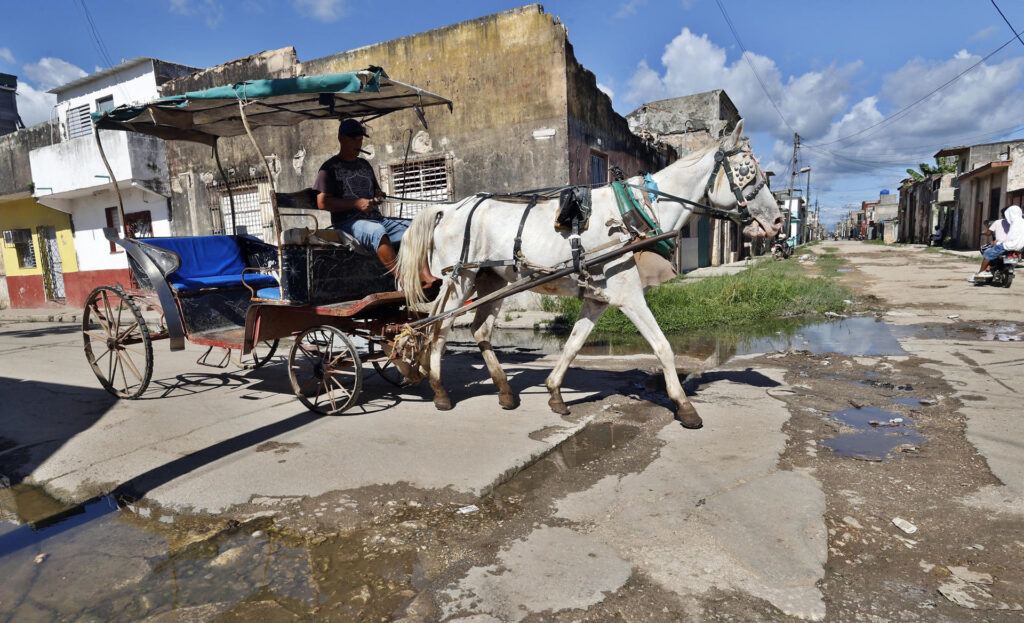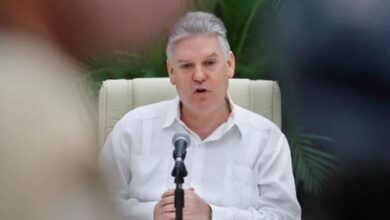Cuba Fights Pain and Mosquitoes While Chikungunya Spreads Like Gossip

Cuba is aching. From Matanzas to Havana, chikungunya has returned after a decade, spreading through streets lined with trash and mosquitoes. With medicine scarce and fumigation stalled, entire neighborhoods limp through fevers, pain, and frustration, waiting for relief that never comes.
Perico, A Town Walking in Pain
The air in Cuba hums with heat, fatigue, and the sound of swatting hands. In the western town of Perico, people no longer ask if you’ve had chikungunya—they ask when. Everyone knows someone who has been affected by the virus. Some still limp; others are too tired to move. After a decade’s absence, the mosquito-borne disease has returned, spreading through neighborhoods already weakened by shortages, uncollected garbage, and a lack of medicine. From Havana to Matanzas, it feels as if the entire island has a fever.
At first glance, Perico looks ordinary—sun-bleached facades, laundry hanging from balconies, children playing barefoot in the street. But a closer look reveals a town in slow motion. Neighbors walk stiffly, leaning on walls or each other. “In my block, almost everyone has had it,” they say, shrugging as if describing bad weather.
For Pedro Arturo Revilla, sixty-six, the sickness is still in his bones. “My whole family caught it,” he told EFE, sitting in the shade outside his house, his ankles swollen like knots. “It leaves you hurting for weeks.” Across the road, a sixty-seven-year-old neighbor, who suffers from diabetes and hypertension, overheard the conversation and cut in sharply. “Here there’s no fumigation at all, none,” she said, her voice rising. “With all the mosquitoes and all the sick people, they did nothing.”
Perico, with a population of sixty thousand, became Cuba’s first central cluster when the outbreak began in July. The virus spread fast, and within weeks, health authorities declared a “national problem” with “elevated indices.” But in the streets, where residents limp past heaps of uncollected trash, official statements sound hollow.
A New Virus in an Old Crisis
Chikungunya is not new to the Caribbean. Spread by the Aedes aegypti mosquito—the same one that carries dengue—and the sandfly that transmits oropouche, it can strike entire households in days. What’s new is how vulnerable Cuba has become. The epidemic has landed in a country that can no longer afford to fight it. Fuel shortages have paralyzed fumigation trucks. Economic collapse has left trash rotting for weeks, creating breeding grounds for mosquitoes.
Deputy Health Minister Carilda Peña García admitted on state television that the government cannot conduct mass fumigation campaigns “because of the lack of fuel.” Still, she insisted Cuba has “enough insecticide and abate to limit the damage,” according to EFE.
Unlike dengue, chikungunya rarely kills. But it lingers cruelly, especially for older people or those with chronic conditions. Raúl González, sixty-three, lives with multiple sclerosis and showed EFE his inflamed, ulcered ankles. “They should film a new version of Michael Jackson’s Thriller,” he joked. “Everyone was walking like zombies in the street.”
The humor barely hides his frustration. “They keep saying everything is normal, but there’s nothing normal here,” he said. “Trash everywhere, no fumigation—of course, there are mosquitoes! It makes me furious when they lie.”
No new figures have been released in weeks. Officials concede chikungunya is now in eight of Cuba’s fifteen provinces, dengue in twelve, and oropouche in twelve as well. The government confirmed three dengue deaths this year. In late September, the U.S. Centers for Disease Control and Prevention issued a travel advisory warning visitors about the risk of chikungunya in Cuba.
Hospitals Without Medicine, Neighbors Without Rest
Fifty-five kilometers away, in Cárdenas, the story repeats. “The outbreak got completely out of hand,” said Beatriz Aguiar, sixty-four, who battled the virus herself. “You go to the hospital, and the doctors tell you what’s coming in every day is horrible, horrible,” she told EFE.
Officials insist the health system is not collapsing. But patients disagree. Many never see a doctor at all. “The first hours are brutal,” Aguiar said. “You can’t move, you can’t sit, everything hurts.”
Even when they do go to clinics, the result is often the same: a diagnosis made by sight and a recommendation to rest. Testing kits are scarce, and pharmacies are barren. Eneida Rodríguez, about sixty, explained the impossible arithmetic from her porch in Cárdenas. “You go to the doctor, and he tells you to take paracetamol every four hours, drink fluids, and rest,” she told EFE. “But who can buy paracetamol? A single blister costs five hundred pesos—four dollars—when the average monthly salary is fifty-four.”
The result is quiet suffering behind closed doors. Families mix herbal teas, borrow pills, or endure the pain until it passes. Hospitals only see the worst cases. Everyone else sweats out the fever alone, counting the hours and the mosquitoes.

When Humor Hides Despair
Cuba is a country that turns hardship into jokes. But lately, the laughter sounds strained. “It’s horrible, horrible,” Aguiar repeated, her words trembling between exasperation and exhaustion.
The crisis exposes what decades of shortages have eroded: trust in the system that once defined Cuban pride. The island that built its reputation on rigorous public health campaigns—eradicating malaria, sending doctors abroad—is now struggling to keep its own streets clean. Dengue, oropouche, and chikungunya have become not just diseases but metaphors, a mirror reflecting broken infrastructure and tired optimism.
“People here are desperate,” Revilla said, watching his neighbors limp by. “We all just want the pain to end.” The neighbor who complained about fumigation swatted at her arm and cursed under her breath. It was both a gesture and a protest.
In towns like Perico and Cárdenas, the epidemic’s real wound is trust. Citizens distrust a government that promises to control them. Doctors distrust the tools they don’t have. Each swollen joint, each sleepless night, becomes another minor betrayal.
Also Read: In Puebla’s Mud and Memory, Mexico’s Storm Survivors Ask for More Than Resilience
So people improvise. They boil water, cover barrels, burn mosquito coils, and wait. The virus waits too, patient as the island itself. And until fumigation trucks roar again and pharmacies restock their shelves, the soundtrack of Perico will remain the same—a rustle of plastic fans, a shuffle of weary feet, and the steady hum of mosquitoes circling a country too tired to swat them away.




